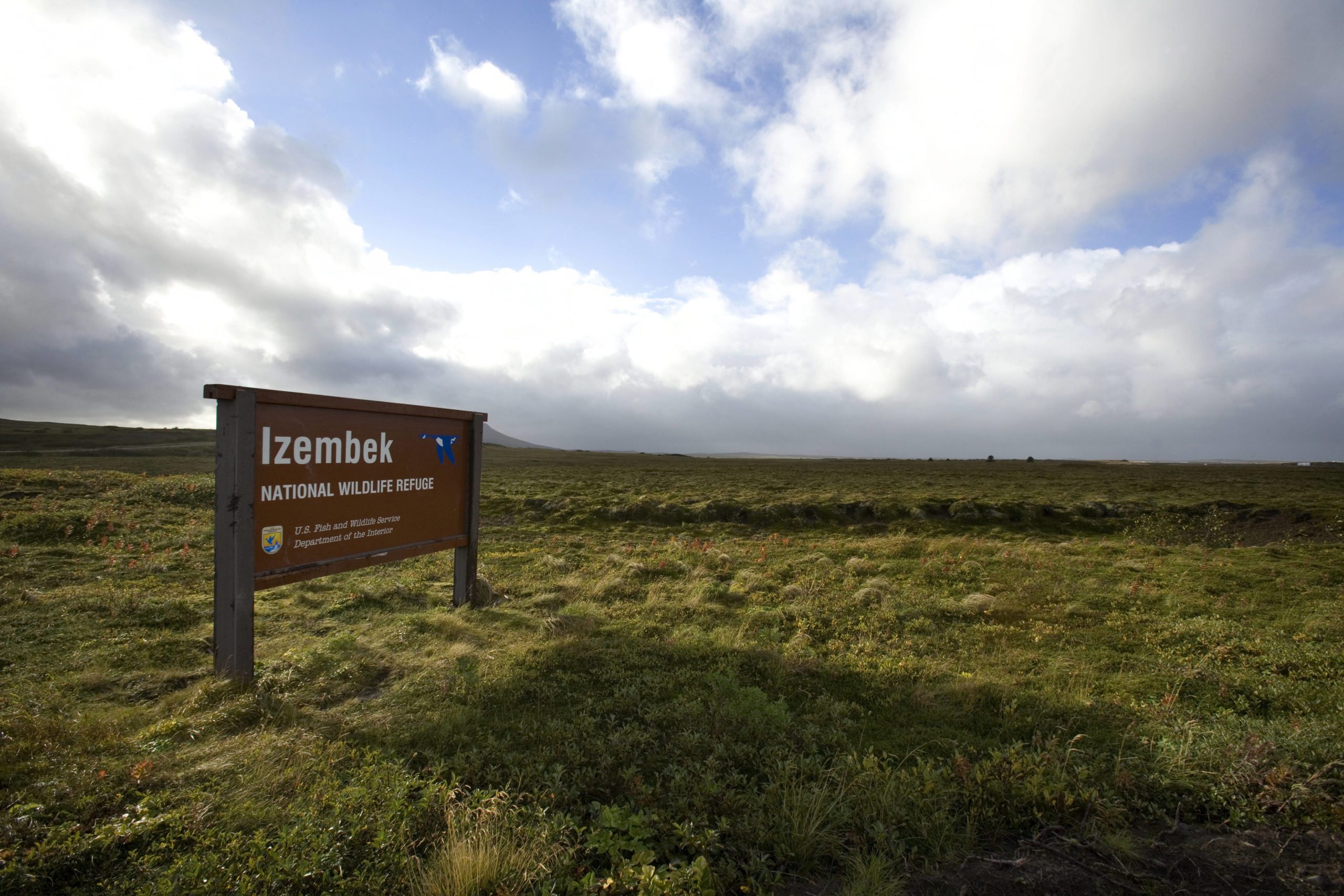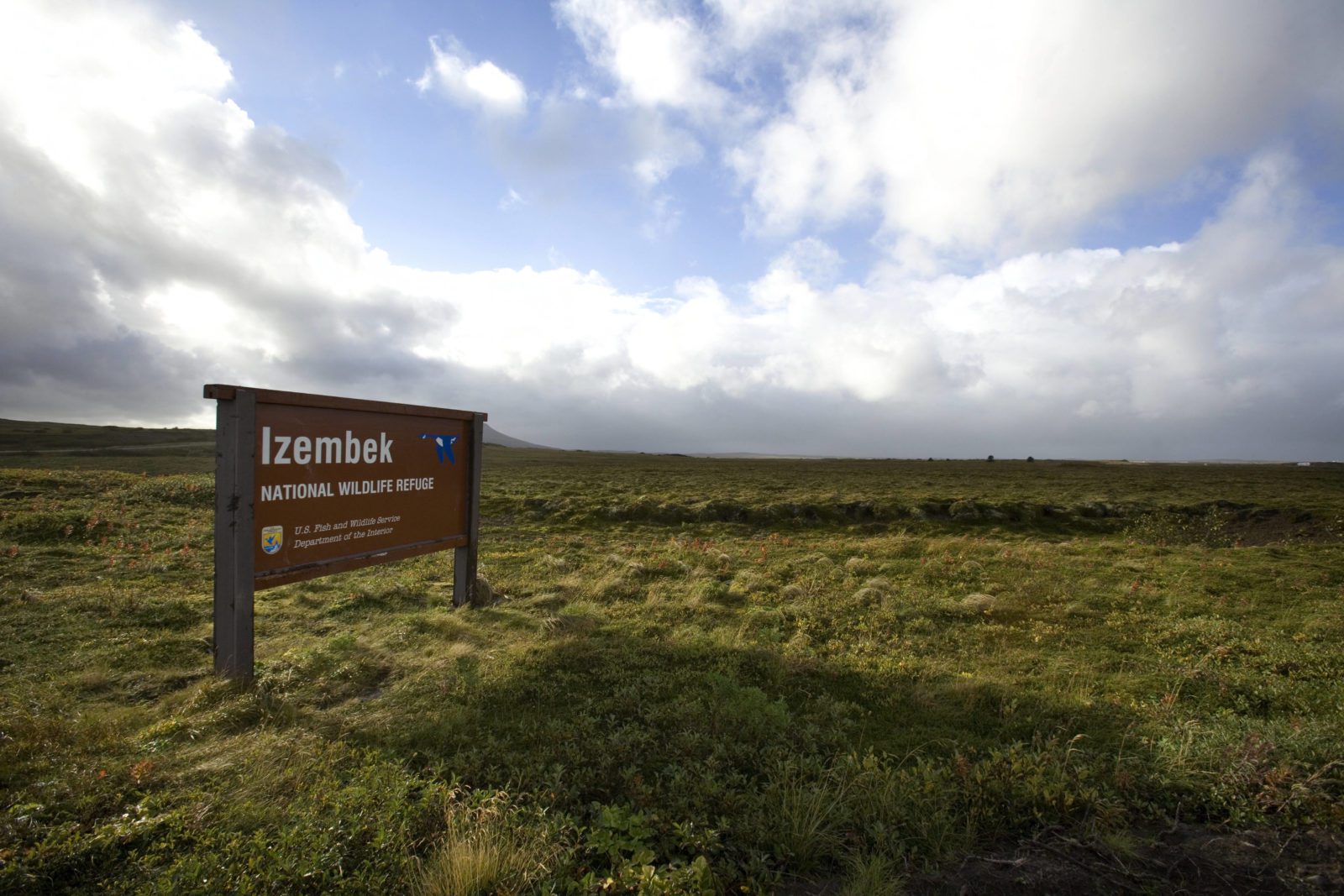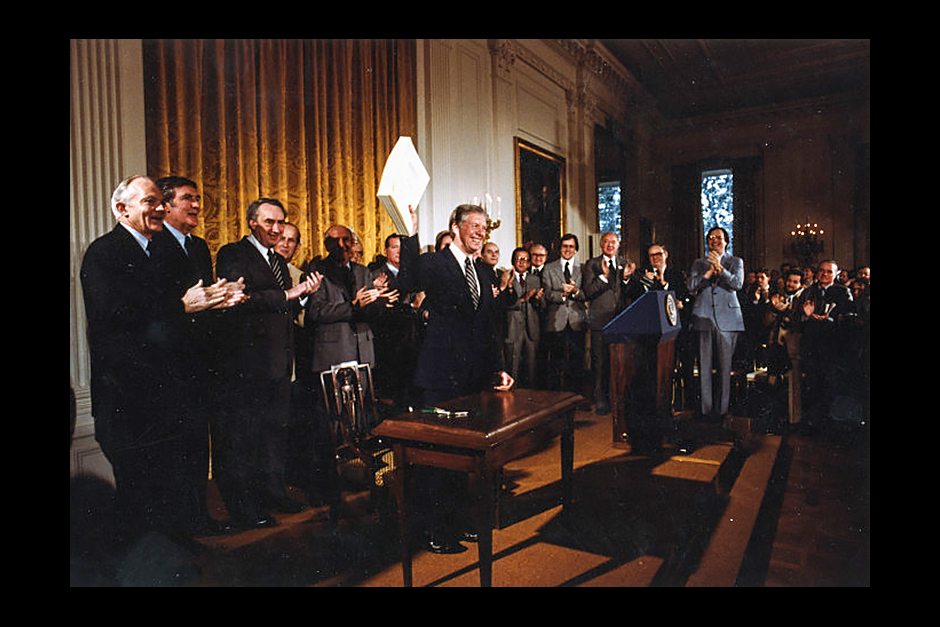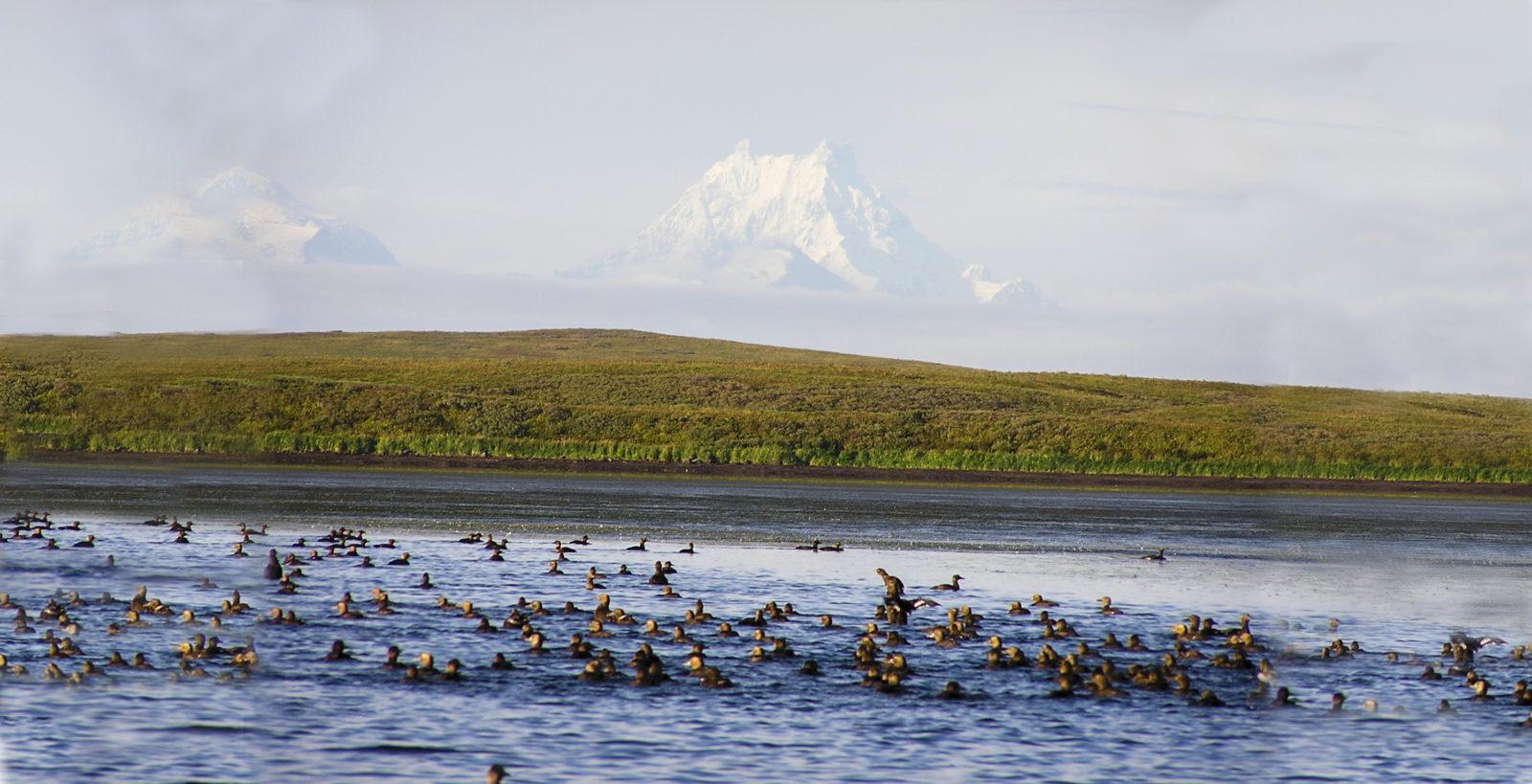
Litigation 101: What is a petition for a rehearing en banc and why did we file one?
By Dawnell Smith

(UPDATE: On Nov. 10, 2022, the full Ninth Circuit Court granted our request and vacated the March ruling, setting oral argument for December 2022. Read our press release to learn more.)
We filed a petition en banc in late April asking the entire Ninth Circuit Court to review a March decision by a three-judge Ninth Circuit panel allowing an Interior Secretary to overrule Congress by approving a land swap that allows a commercial gravel road in Izembek National Wildlife Refuge.
The Ninth Circuit ruling isn’t just a threat to Izembek. It’s a threat to all areas designated as Wilderness—refuges and national parks in Alaska, places like Denali National Park and the Kenai National Wildlife Refuge. Under this ruling, an unelected Interior Secretary can trade public lands to make way for industrial or commercial uses on these lands without transparency or congressional approval.
Asking for a rehearing is a long shot—only a small percentage of these requests get granted by the Court—but the stakes are huge. President Carter signed the Alaska National Interest Lands Conservation Act in 1980 under the assumption of enduring protections for Alaska’s refuges and parks. Others recognize the deep trouble we’re in because of how this Ninth Circuit decision makes it possible for a political appointee to reverse decades of agency policies with no explanation, and to privatize areas Congress set aside to conserve for future generations.

Former presidents don’t usually get tangled in legal matters, but President Carter filed an amicus brief this month in support of our petition. Former Interior Secretary Bruce Babbitt and John Leshy, emeritus law professor at the University of California, Hastings, College of Law and a former Solicitor for Interior, also filed an amicus brief in support of our petition; and so did over two dozen administrative and natural resources law professors.
What does an en banc review mean?
The legal term “en banc” is French (and Latin) for “in bench” or “on the bench,” and refers to a hearing before the full membership of the court. A petition for a review en banc asks all active judges of the court to consider reviewing a ruling. A court that holds an en banc session includes all judges of the court rather than one judge or a smaller panel.
The court does not have to respond to the request. However, a judge can ask for a vote on the matter, and a majority vote can grant a rehearing.
With our petition, we have asked that a broader Ninth Circuit panel look at the merits of the case and revisit the decision of the original panel that issued the March ruling to ensure consistency in the law, particularly around the Alaska National Interest Lands Conservation Act.
Big trouble for Alaska
The 2-1 ruling in Friends of Alaska Nat’l Wildlife Refuges v. Haaland deserves another look. The third judge in the panel wrote a scathing dissent, noting that the majority decision “would convert ANILCA from a constraint on over-using Alaska’s natural resources to a rubber stamp for any land exchange that the current Secretary may desire.”

The outcome of the case presents a huge legal and administrative problem; namely, how do you ensure that public lands protected by law are in fact protected when a Secretary of the Interior who is politically appointed and serves at the pleasure of the President can make a decision that guts those protections without oversight or even public process?
“This ruling basically allows an unelected agency appointee to overrule Congress,” said Bridget Psarianos, our staff attorney. When the ruling came out she explained that the decision “is not about medical access. Other transportation options have been studied that will provide King Cove the medical access it seeks. No, this is about commercial corporate interests and the disregard for the laws that protect our nation’s lands, waters, and wildlife.”
As the amicus briefs in support of the petition demonstrate—along with the dissenting judge’s rebuttal of the panel’s majority decision—the Ninth Circuit’s ruling creates an enormous legal problem that has enormous on-the-ground repercussions for the health and future of federal public lands in Alaska and the integrity of congressional protections.
There’s no requirement for the court to rehear the merits of the case or even respond to our petition, but we’re hopeful it does. This week, the court requested responses from the defendants and gave them 21 days to file. This is good news, because it means the court has taken some action on our petition and it’s a first, necessary step before a rehearing might be ordered.

Where the Biden administration dropped the ball
Notably, we stopped several attempts at backroom land swap deals in District Court prior to the Ninth Circuit Court ruling in March. Those deals were truly shady and lacked public transparency.
The road has for decades been supported by political and industry interests as a commercial benefit for the seafood industry and potentially other commercial activities. King Cove faces similar emergency medical concerns that dozens and dozens of Alaska communities face and that can and have been addressed with other funded options. It’s also clear that any road would pose its own health and safety issues, and be impassable during bad weather.
The Biden administration chose to defend the Trump-era land swap on appeal, which led to a legal decision that poses the most significant threat to conservation in Alaska in decades. The Biden administration must now address the Ninth Circuit ruling and the trouble it creates in fulfilling its obligations to the law and its promises around biodiversity and public lands.
Allowing the March decision to stand would endanger Alaska’s lands and waters, and the people who live on them and rely on them for their food, culture and way of life. No national parks or refuges would be safe from being traded away for economic exploitation at the whim of the Secretary.


